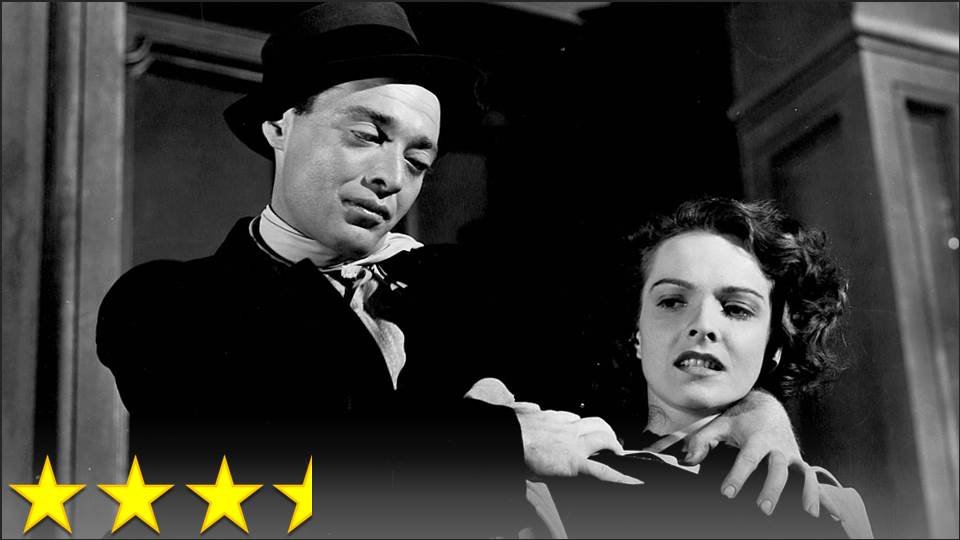As a film student who’s grown tired of hearing that “film is a visual medium,” there’s something quite refreshing about seeing a film that is famous for its visual achievements, yet serves as a great example of how sound can drive storytelling. The way that Disney and his team turned ballets and symphonies that could have been interpreted in any of a thousand ways into memorable audio-visual experiences is extraordinary. The method of letting music guide a film’s story (or, in this case, stories) can have widely varying results, yet this presents one of the best, employing a special reworking of “Vertical Montage” theory that creates exactly the sense of audio-visual harmony Sergei Eisenstein would have loved. I have been fascinated for the past couple months with the idea of creating video productions that experiment with creating shapes and streaks of color that depict what musical sounds might look like, but I see that Disney has at the very least laid the groundwork in this area if not beaten me to the punch.
While it’s true that the film gets tedious and tiring rather quickly, it’s delightful when broken up into bite-sized parts and spread out over a few days, and I suspect that it might work well as the kind of film one could play in the background at a party without worrying that everyone would get distracted. Not every piece is animated in the style I would have chosen, but the visual style is, overall, gorgeous, with beautiful shades of blue in the cartoons and even more beautiful lights and colors in the brief live-action portions. I’m not inclined to give a film a good review for its visuals alone, but I don’t think I’m doing that here. Fantasia strikes me as an artistic achievement that advances cinematic storytelling and paves the way to new kinds of experimental film, all while showcasing Disney’s unassailable power as a creative force.

